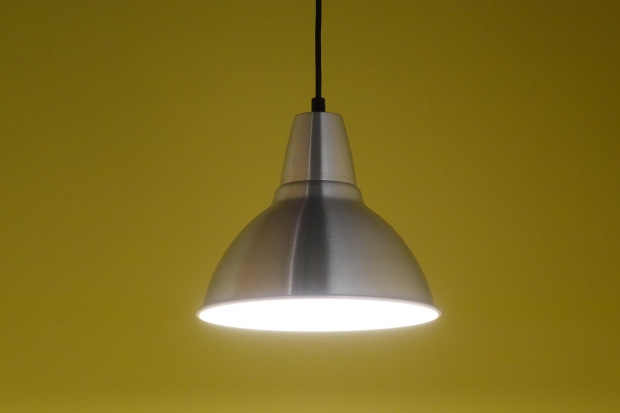 Loading... Please wait...
Loading... Please wait...Save Money. Grow Your Own!
Fast Plain Box Shipping.
We ship to the US & Canada.
Grow Your Own!
Light and Hydroponic Plants
Posted on 15th Apr 2016
When you're looking at starting out with hydroponics growing, you’re often looking at some of his basic elements of gardening. Here's a very basic one that beginners really need to think about:
Light.
Basically, plants need it. Without it, they won't grow right. So as a grower, you have to figure out how you get light to plants.

Now it may seem as simple as just flicking a light switch, but in reality, it’s a little more complicated than that. In nature, plants respond to that ever-present sunlight that they get outdoors. Their circadian rhythms gel with the natural rhythms of day and night, and they get an abundant amount of UV rays from the sun -- unless, that is, they're shaded or covered by other plants or different kinds of obstructions.
In hydroponics, plants are often getting light from artificial grow bulbs. That in itself makes this a very important aspect of gardening to talk about.
So in addition to having the grow lights, you have to make sure that they’re really set up right -- that the light that they provide is going to reach every plant.
Spacing Out Plants
One way to do this is to space out plants. If you have enough room, this is a simple way to ensure that every plant will enjoy an adequate source of light. When plants are far enough away from each other not to block each other, they’ll be getting enough light from above. It's when they start blending into each other, or when some tower over others, that there's a problem.

Adjustable Lights
Lots of growers invest in adjustable grow lighting that goes up and down according to plant needs. You need the light to be close enough to nourish plants. However, if it's too close, plants can actually get burned. So you really have to have some precision, and adjustable lighting helps with that a good deal.
Interior Reflective Materials
Here's one other solution that is very common with any type of grow area that has closed-in walls. This type of thing is done with small grow boxes and large grow tents. Basically, the solution is that growers put reflective materials on each of the walls of the area. That allows the light to really bounce around and get at plants where they are. It's quite a creative way to ensure light distribution when light is not situated equidistant from plants.
Screening Techniques
In addition to the above, there are all kinds of screening and training techniques that get plants more exposure to grow light. There are techniques called “sea of green” and “screen of green” that involve putting a light a certain distance from the plant canopy. Then there are also training techniques where growers grow plants horizontally in order to get more light exposure, or keep cutting off the top pieces to get light to the areas of the plant below.
All of this serves the same overall purpose -- to get more light to plants. In addition, you want to set helpful light and dark cycles to help find circadian rhythms to recognize their “night” and “day”. In this kind of setup, it's very important to seal out light during the dark cycles so that plants have absolute darkness.
With these helpful tips, you can get a lot further in hydroponic gardening when you don't have a lot of experience in how this kind of thing works.
